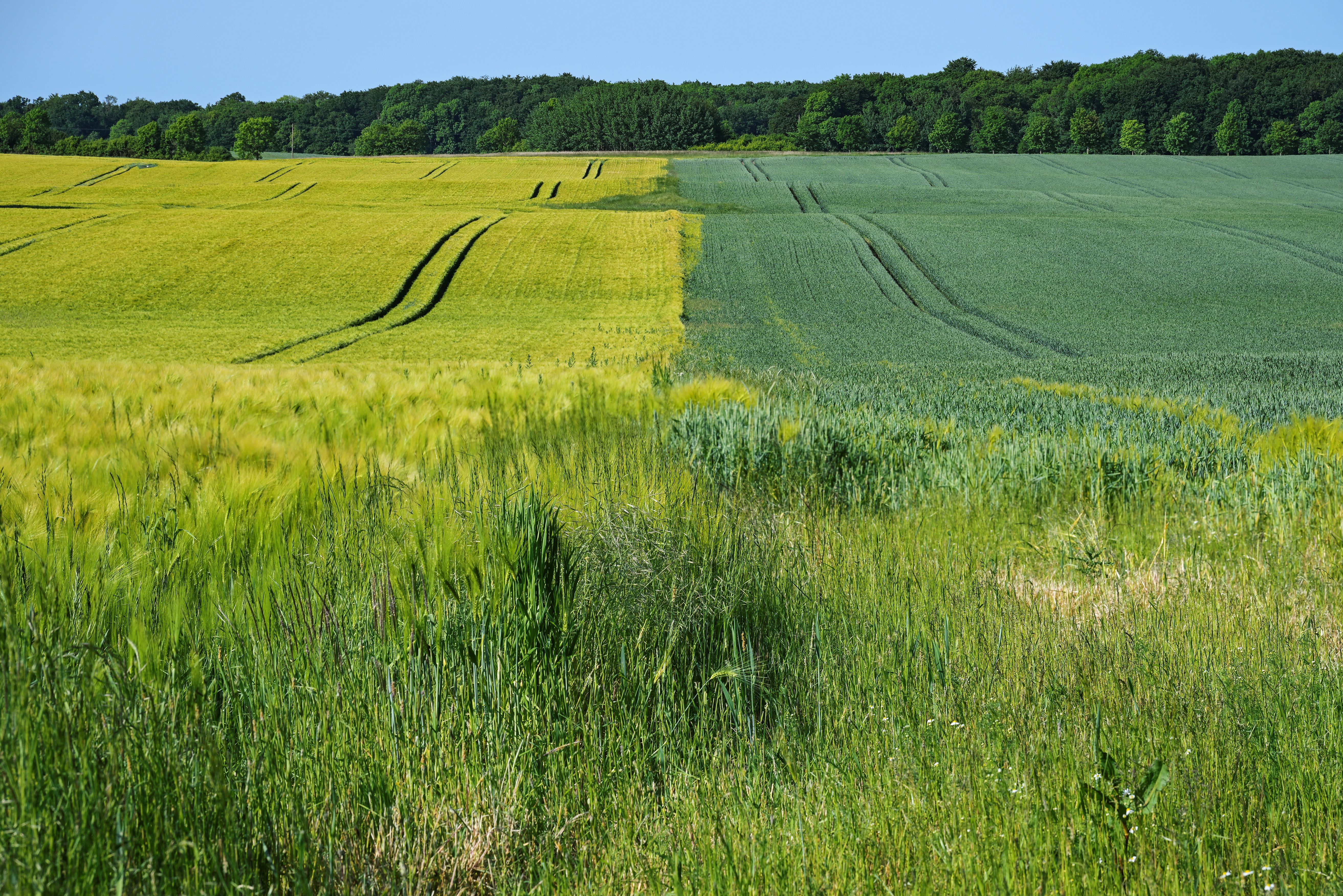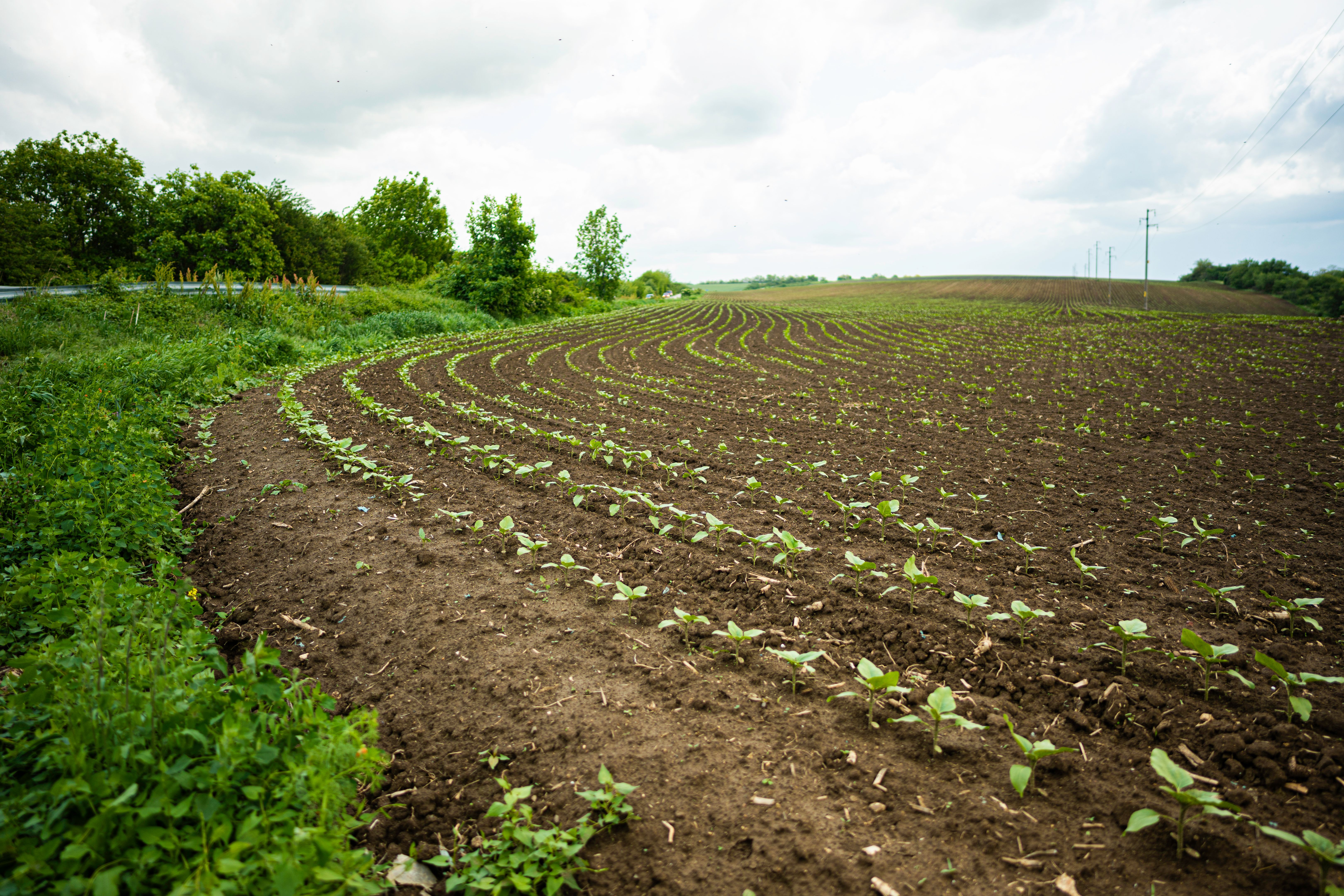Boost Your Farm's Yield with Innovative Crop Rotation Techniques
As a farmer, maximizing your yield is crucial to sustaining your livelihood and ensuring food security. One effective strategy that has gained popularity is the use of innovative crop rotation techniques. Crop rotation, the practice of alternating the types of crops grown in a specific area, helps maintain soil health and optimizes agricultural output. In this blog post, we will explore various crop rotation methods that can significantly boost your farm's productivity.
The Basics of Crop Rotation
Crop rotation involves planting different crops in a particular sequence on the same plot of land to improve soil fertility and reduce pest infestations. By varying the crops, you can prevent nutrient depletion and ensure that the soil remains healthy and productive. This practice also helps disrupt the life cycles of pests and diseases that affect specific crops.
A key principle of crop rotation is to alternate between plants with different nutrient requirements. For example, rotating nitrogen-fixing legumes like beans or peas with nitrogen-consuming crops like corn can naturally replenish soil nutrients.

Benefits of Crop Rotation
The advantages of implementing crop rotation on your farm are numerous. Firstly, it reduces soil erosion by maintaining a protective cover throughout the year. Secondly, it enhances soil structure and organic matter content, leading to improved water retention and reduced reliance on synthetic fertilizers.
Additionally, crop rotation can reduce the prevalence of weeds by altering planting patterns, making it difficult for weed species to adapt and thrive. This natural weed control method decreases the need for chemical herbicides, promoting a more sustainable farming approach.
Improved Pest and Disease Management
Rotating crops disrupts pest and disease life cycles, minimizing their impact on your farm. Pests often target specific crops; by changing the crop type regularly, you can prevent these pests from establishing strong populations. Similarly, many diseases thrive in continuous cropping systems, so rotating crops helps break the cycle and reduces disease incidence.

Increased Biodiversity
Cultivating a variety of crops through rotation encourages biodiversity both above and below ground. Diverse plant species support a wider range of beneficial organisms, including pollinators and soil microbes, which contribute to overall ecosystem health. This diversity can lead to more resilient farming systems capable of withstanding environmental stresses.
Biodiverse farms are better equipped to handle challenges such as climate change, as they can adapt to shifting conditions more effectively than monoculture systems.

Implementing Crop Rotation Strategies
To successfully implement crop rotation on your farm, start by planning a rotation schedule that considers crop families, growth seasons, and nutrient needs. A well-thought-out plan ensures that each crop benefits from the previous one's residue while preparing the soil for the next planting.
Consider using cover crops during off-seasons to further enhance soil health. Cover crops like clover or rye can prevent erosion, suppress weeds, and fix atmospheric nitrogen into the soil, setting the stage for a productive growing season.
Monitoring and Adjusting
Monitoring your farm's progress is essential to optimizing crop rotation outcomes. Regularly assess soil health, pest populations, and crop performance to make data-driven decisions. Be prepared to adjust your rotation schedule based on these observations to maximize benefits.
By embracing innovative crop rotation techniques, you can significantly boost your farm's yield while contributing to sustainable agricultural practices. These methods not only improve productivity but also ensure long-term ecological balance, paving the way for future generations of farmers.